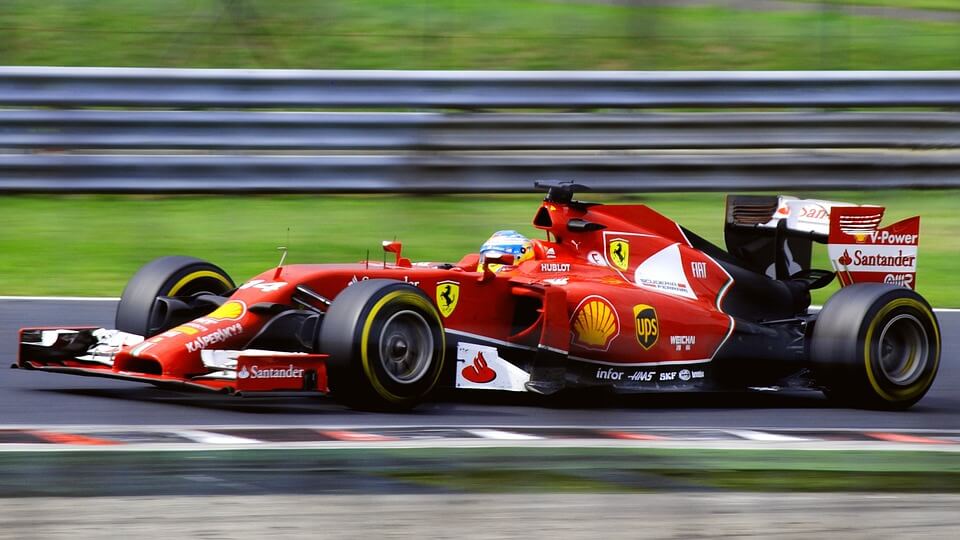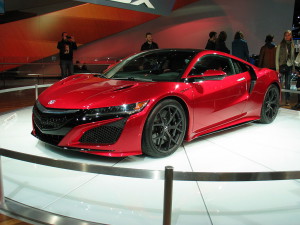Formula One racing is exciting. Drivers race around the twisting and turning tracks to gain position and obtain a coveted place on the podium. Each year, there are a few new drivers in Formula One as some drivers retire and others realize that they just don’t measure up. It is important for new drivers to learn from the mistakes of others so that they have the potential for a long and successful Formula One career.
In Formula One racing, initial race position is of critical importance. The best racers on the best teams will do everything in their power to hold off drivers trying to come up from the back of the pack. Unless there is an accident or major error by a driver in the front two rows, those in the back of the pack rarely win a Formula One race.
New drivers should make sure to drive to the best of their abilities during the qualifying rounds. Any let down in performance will result in a poor starting position and few race points.
Another key for a new driver is to get the most out of the best tires for the track. Formula One drivers are required to use two different types of tires during the course of the race. One type is usually a hard tire while the other is a soft or super soft tire.
Invariably, one type of tire will perform better on a track on a given day. It is important that the driver make the most of the drive time available on the better performing tire.
A new driver to Formula One needs to make sure that all of the intangibles are working in his favor. Everything in Formula One is calculated by the team. The team engineers know just how much fuel is needed, when to make a pit stop and how the car needs to be set up for the race.
A new driver needs to make sure to listen to the team at all times. It’s vital that a driver get in for pit stops when they’re called by the team. Any mistake can cost position and points.
Finally, a new driver should review as much film as possible of previous races on a track. This is the next best thing to on track experience. Seeing how great drivers of the past raced is an important learning experience.






